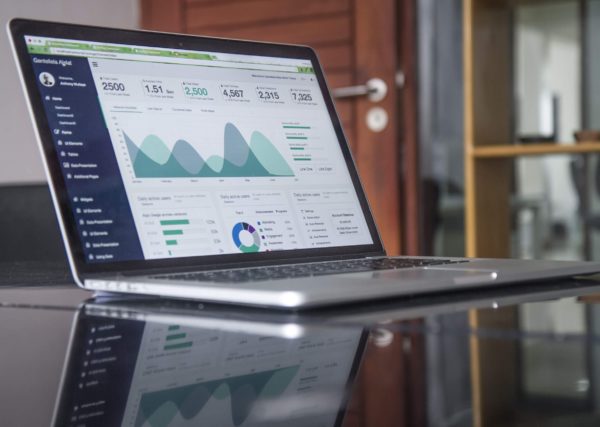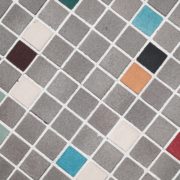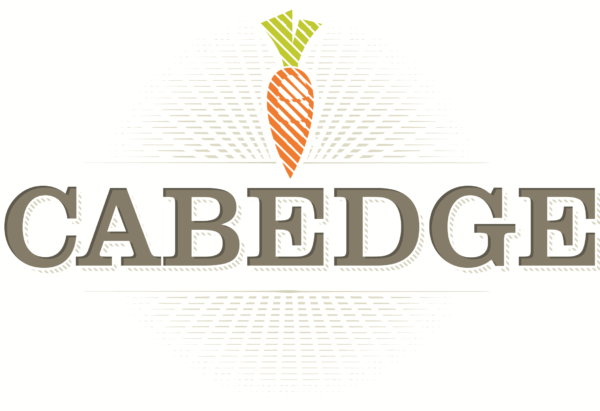5 Reasons Why Your Company Needs a Professional Website
It’s 2018. People spend almost over 10 hours a day in front of screen, but some businesses still don’t have their own websites. With social media, some organizations may not think it’s necessary to have their own websites, but that’s simply not the case. Having a website gives your business a leg up on the competition, even if the competition already has a website. Read on to find out the top five reasons your organization should invest in a professional website today.
1. It’s a platform you own and control.
It’s great to be on social media, but when algorithms change (I’m looking at you Instagram) it can be frustrating. When you have your own website, you get to control exactly what information is out there, and when and how that information is displayed to users. When you have your own website, you’re not subject to anyone’s control — you make all the decisions. You can also make it as unique or standard as you’d like. The greatest thing about having your own website is that it’s YOURS.
2. Grow your audience.
Having a website means you aren’t limited in who you reach. It’s the World-Wide Web for a reason. Even if you’ve only got one brick-and-mortar shop, you can reach hundreds of people who never would have otherwise known that your business existed. Having a website also provides your business with another platform to sell goods or services. In a world that can feel large and distant sometimes, a website can connect your business with all the corners of the globe.
3. Gives your business credibility.
People are increasingly turning to the Internet for answers to their questions. This is even more true for people that own smart-speakers like Google Home or Alexa. When someone searches for “the best pie in Nashville,” you want your website to show up. You might not be on the first page at the beginning, but with a professionally designed website and a digital marketing firm on your team, you’re website is sure to rise in the rankings.
4. Easily provide information.
Websites are increasingly important to get information out quickly to all consumers. Yes, you can put this information on social media, but your website is a one-stop-shop for all the information any consumer may need about your business. Not everyone may be on social media, but almost everyone can find a website if they have an Internet connection, which should answer any questions they may have. This is helpful when your store hours change, when you’re having a sale, or when there is a community event happening. Having a website truly makes it easier to communicate with your mass audience of consumers. And you can control whatever information gets out there and how long it is available.
5. Save money in the long run.
Traditional marketing is still important in the digital age, but when developing a website and social media presence, organizations can cut down on traditional marketing costs. It might cost an initial start-up fee to design and deploy a professional website, but having a website makes it easier in the long run to promote and advertise.
Are you looking to build a professional website? Contact Cabedge today! With a team of experienced web developers and web designers, we can create exactly the website your business needs to get on the map.



















